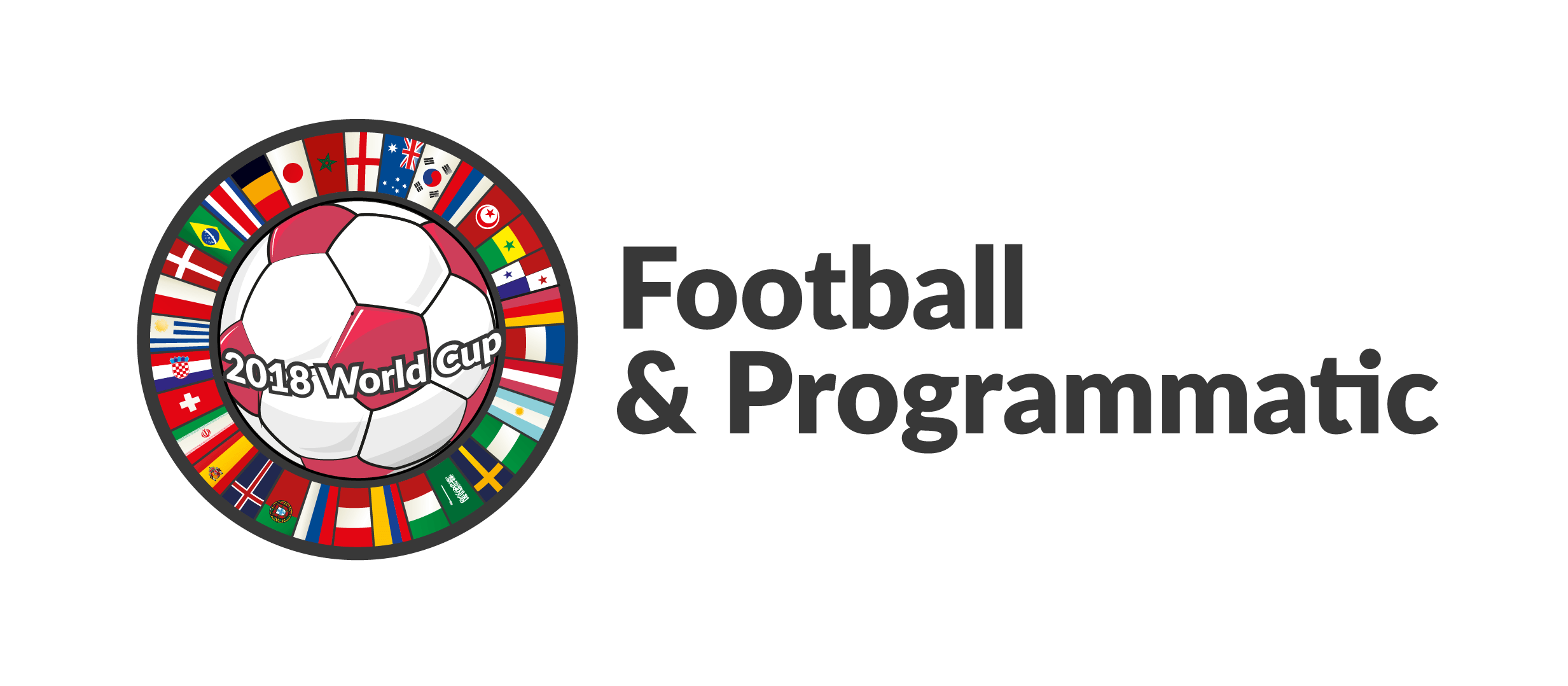How Curation Is Transforming Programmatic Advertising in the Post-Cookie Era
What is Curation? In programmatic advertising, curation refers to the process of selecting and packaging publisher inventory-often within private marketplaces…

At Yieldbird, our data analysts dug into the tremendous amount of statistics we have looking for a correlation between online revenues and football.
In June and July of 2018, Russia hosted the FIFA World Cup. It all began in January 2009 when nine countries placed bids to host the quadrennial event. In 2010, Russia won the right to be the 2018 host in the second round of voting. The Portugal/Spain bid came in second, and Belgium/Netherlands third.
There is a clear pattern that 1.5 hours before a game, the number of unique users starts to decrease. This is likely due to logistical reasons, as people are about to relocate to see the game. After the game is over, people go online again. The lines in the graphic are ad requests per hour. Below, in the first graph at left, is traffic per hour from all sites on the same weekday, but without any game. The two other graphs are when Poland played, and within the red zones is the actual time when Poland was playing.



[mc4wp_form id=”407″]
Here we find some great stuff! It’s clearly shown that RPM (revenue per mille) RPM (revenue per mille) is higher on days when games are played.
Why? This isn’t strange, since media plans are nowadays synced with external events – in this case, the World Cup – so days when Poland plays, advertisers start bids higher in programmatic. In the data above, we see that RPM peaks when the games begin, which correlates to users and requests decreasing. RPM always increases when traffic/ad requests decrease. This is because there is less inventory available, the demand pressure gets harder, and prices/RPM increase.

Let’s cross our fingers for many more major sports events and publishers’ revenue will grow more quickly 🙂

Data collected by:
Adam Zaręba
Optimization Team Leader

Karol Jurga
Chief Revenue Officer
See it in action.